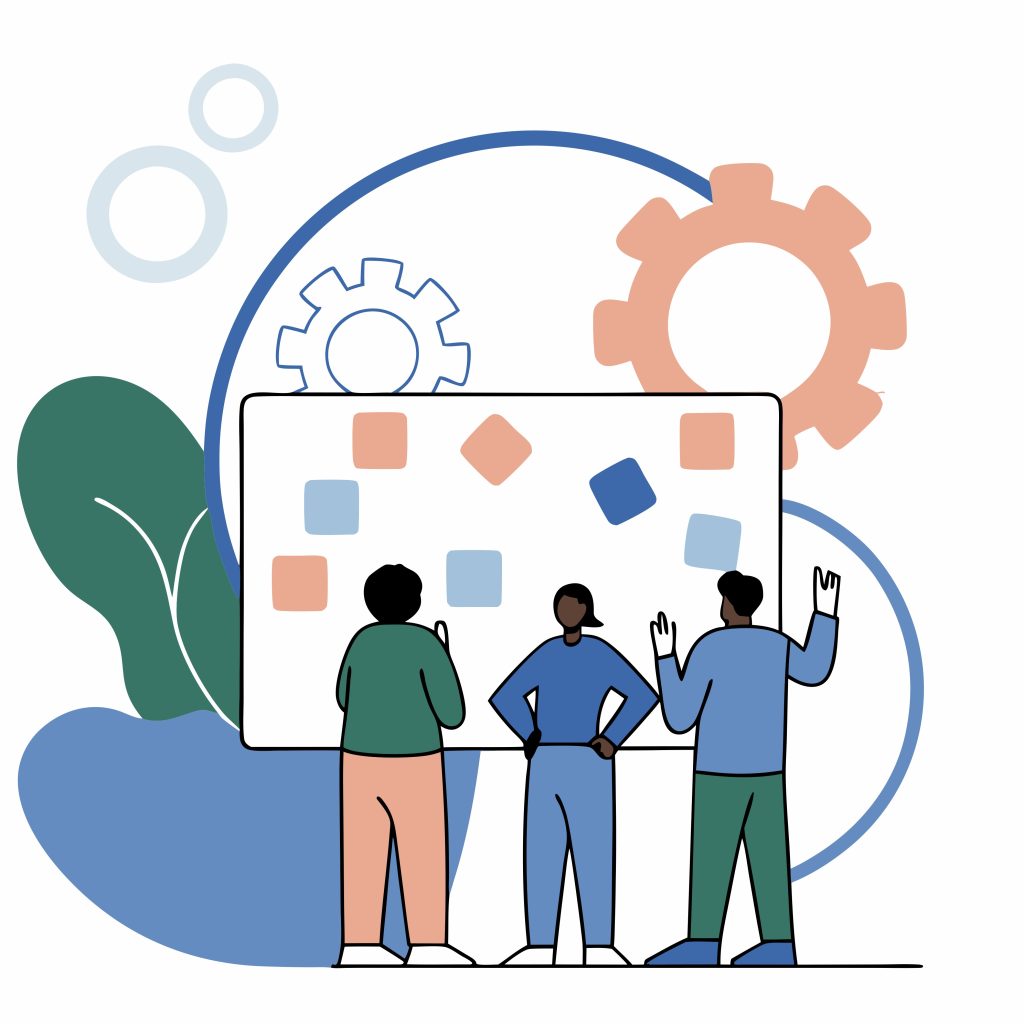Demography in India is a huge topic often discussed in B-school as a key strength. Let’s take a few statistics here
- Average Age of an Indian 29
- 50% of the population is less than 25
- Dependency Ratio of India is approaching 0.4
Refer Wikipedia : dependency ratio is an age-population ratio of those typically not in the labor force (the dependent part ages 0 to 14 and 65+) and those typically in the labor force (the productive part ages 15 to 64)
What do these statistics really mean to us?
The millennials form the essential force in any successful team. It’s due to various factors
From financial point of view, they are easier on the cost
From HR point of view, they are easier to hire due to availability
From legal point of view, very less baggage they carry
From my point of view, they are simple the crème de la crème (Best of the best)
They are born digital, fast learners, high energy and simply easy to coach.
Today, when I look around the managers in software industry, most of the managers are part of the Gen X or Gen Y. This situation is even more stark when it comes in manufacturing or publishing industry. So what does manager need to do to get the right kind of outcomes either from fellow Gen Xers or Millennials.
To flip the coin, managers managing the millennials need to shed the traditional ‘managing’ or ‘leading’ ways as those ways simply don’t work. Add this context, to the self-organizing and collective leadership that agile leadership promote, the managers’ job becomes unenviable.
Why should managers turn to be a coach
(Lack of) Subject matter expertise – Functional managers are chosen and promoted after very careful considerations by HR in companies. And many readers would agree that the skills that were required when they climbed the ladder are simply not the same as what’s needed today. For example, I have seen many a times mainframe team is often managed by a manager with no experience in mainframe. In another case, a DevOps team is led by a skilled QA leader or micro services development team led by a person with deeper domain expertise.
Essentially, core expertise of the team is not necessarily the same as the manager and being a mentor would no longer be an expectation from the manager.
Dependency factor – With the dependency factor at a demographic level increasing, the dependency on a given job for millennials reduces significantly. Hence you do something as I said so, goes out of the door. And appraisals or job promotions also mean very less with more working people, wanting to learn and enjoy the job and want to live for today. And further, each person is unique and has different inspirations that motivate them.
This leads managers to become the beacon of trust and provide the necessary inspiration or provide the big picture on a regular basis.
Sphere of influence – While managers used to have a reporting team members of 6-9 members, agile self organising teams have led to a change in the sphere of influence. With more teams managing their goals with guidance from the product owner or business directly, managers’ role becomes a champion of the teams and helping them be focused on the path. And the amount of interaction between team members and leaders would not be as much as ideal.
With increasing sphere of influence, managers need to start trusting the teams working towards the goals, and start sensing when intervention is required.
Simply put, If the leader doesn’t transition to a coach quickly, they become holders of escalation or figurative accountability heads. Areas that are hard to manage by teams would held by the managers with limited or no leverage either with the team or the leaders involved.
So what are the key characteristics to be imbibed to nurture millennials in the agile world?
Long term thinking –
Long team thinking versus short term results is an act of balance that every board members is beaten about and this is important for all agile leaders. For e.g. when the performance goals are established, it’s important to ensure that the long term goals are inline with the organization as well as steer the members in the direction that they would see themselves towards.
In a day-to-day basis, decisions that are taken, also needs to be with the outlook of long term rather than getting the sprint goals complete or giving a great demo.
Having such a vision, inspires the millennials intrinsically. Other benefit is that, when the same team members are taking micro decisions, the principles are used and there is lesser conflict.
Active listening –
Active listening is one of the key pillars in mindfulness and emotionally strong leaders. All successful coaches also excel in this area. While measuring the final outcome provides a great picture for the stakeholders, sensing the team dynamics and listening to the problems and coaching them helps teams add the dimension of trust for the leader. It’s not about finishing a story, but is the person learning from the experience. And what are the technical debts that got closed in the way of development needs to be understood by agile leaders.
Articulating the problem –
Often times, I have seen managers, jumping to a solution based on their understanding of the situation. While immediate reaction would be to find the solution, it’s important for leaders to help teams to articulate the problem in the entirety. There are some skills such as design thinking or six thinking hats that leaders need to have a way to facilitate the deeper problem articulation. Its almost similar to leading the horse to the watering hole rather than telling the horse to drink water
Once the complete problem is well understood, teams would come up with a solution or accept the solution that leaders provide. It’s not about doing it, but taking pride in the work that they are doing.
Lastly, mindfully aware of the situation of the team and trust the teams that they are doing the best. This not only helps leaders become great coaches, but doing it with the presence of mind. “Being” leads to sense of looking at horizons with no clips in the wings.






